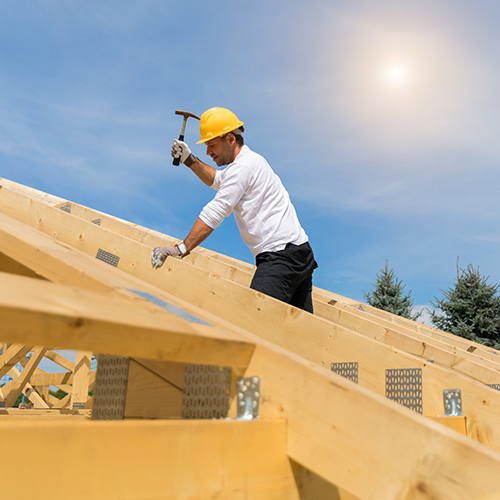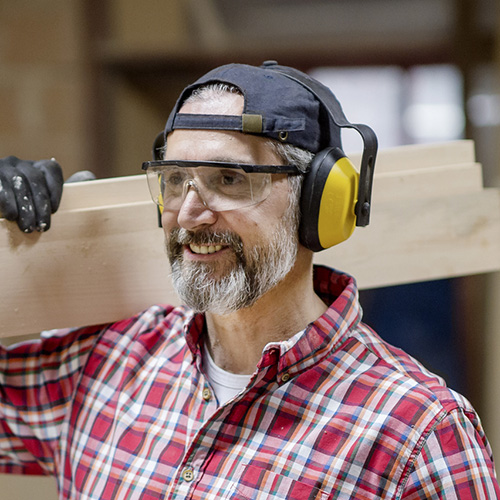Identifying and Preventing Heat-Related Illnesses on Construction Sites

As the summer progresses, construction employers must consider how to keep employees safe as temperatures rise.
It is important to take safety measures year-round when working on construction sites, especially given that construction is often ranked among the most dangerous industries for occupational injuries (one in five worker fatalities occurred in construction in 2018). However, it is especially crucial to take extra precaution and care during the summer months when hot weather conditions can expose employees to hazards such as dehydration, heat exhaustion, and heat stroke.
Construction companies must take steps to protect employees from the hazards of the hottest months of the year.
Here are a few best practices for decreasing the risk of heat–related illnesses on your job sites:
-
Learn to identify and address the risks. According to the Centers for Disease Control and Prevention, heat exhaustion shows many symptoms including faintness or dizziness, nausea, or excessive sweating. Some helpful ways to beat the heat include resting in air conditioning, drinking water, and using a cold compress. In addition, employees also need to be aware of heat stroke. Heat stroke is a significant medical emergency that occurs when the body stops sweating. Take immediate action and call 911 if any employees exhibit signs of heat stroke.
-
Train employees on the dangers of heat exhaustion. Before the summer season starts, give employees an overview of the risks they face while working in extreme heat. Make sure they understand the dangers of working in high temperatures, how to minimize the risks, and how to respond if they start experiencing symptoms of heat exhaustion or stroke.
-
Check weather forecasts beforehand. Scheduling outdoor work based on the weather is an effective method for keeping workers safe and cool. Employers should check local weather and the National Weather Service for conditions that might create a more dangerous work environment. Consider adjusting schedules when the forecast is particularly hot, instead using that time for tasks that can be completed indoors.
-
Plan projects accordingly. Consider breaking up larger projects into smaller tasks or provide frequent breaks in a cool environment such as an air–conditioned trailer or a tent with fans. In addition, make sure there is an adequate supply of water or Gatorade at all times. Ensure that workers have appropriate amount of time for breaks to rehydrate and rest from the sun.
-
Plan for public health interventions. To protect workers from COVID–19, require them to wear face masks when indoors and socially distance at all times (indoors or out). Personal protection equipment (PPE) can put construction workers at further risk of heat–related illness, as masks can reduce the amount of fresh air reaching a worker’s lungs. Employees should frequently have the opportunity to take a break in a designated area, where they can remove their mask for a period of time to “breathe normally” and unrestricted, while maintaining a safe distance from others. Employees should also take this opportunity to hydrate.
Heat–related safety hazards are preventable. Prioritize safety by ensuring that your most important assets, your employees, are working in an environment that keeps them hydrated, cool, and protected.



